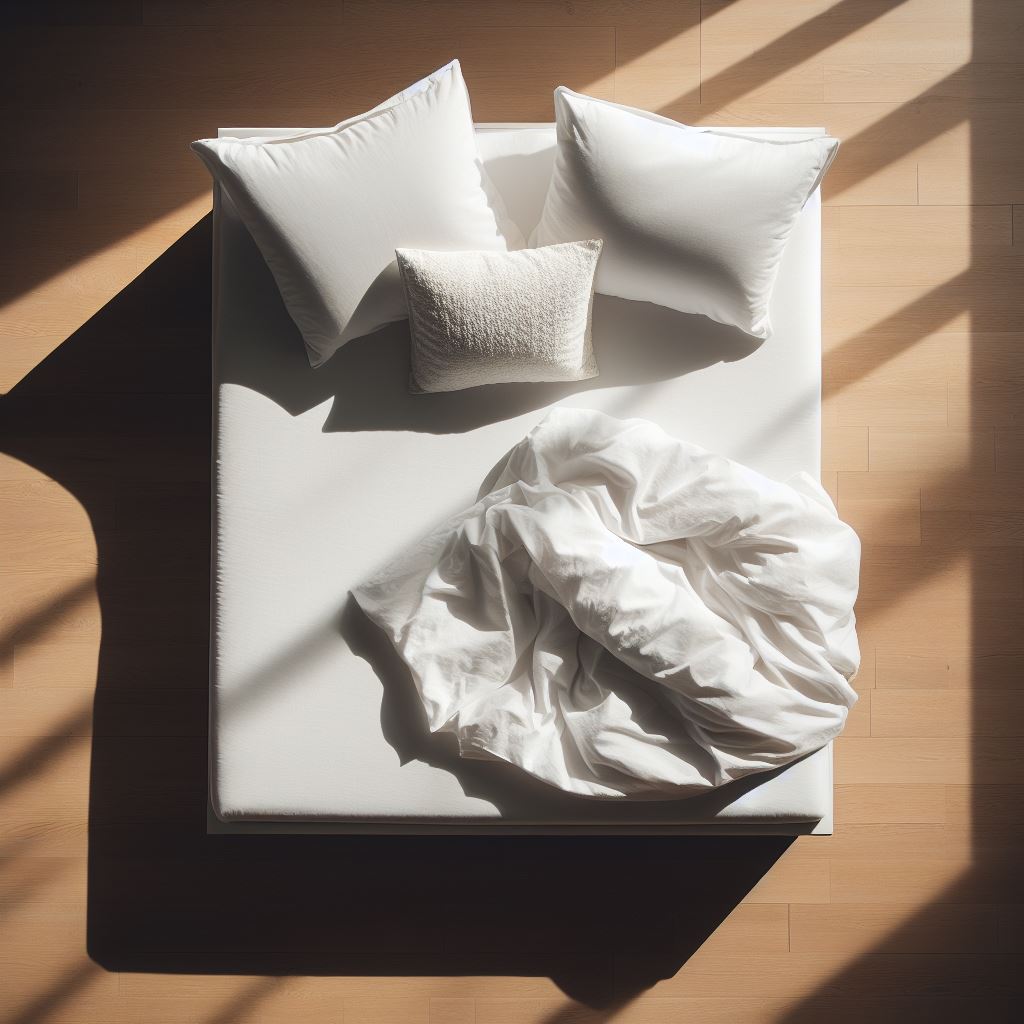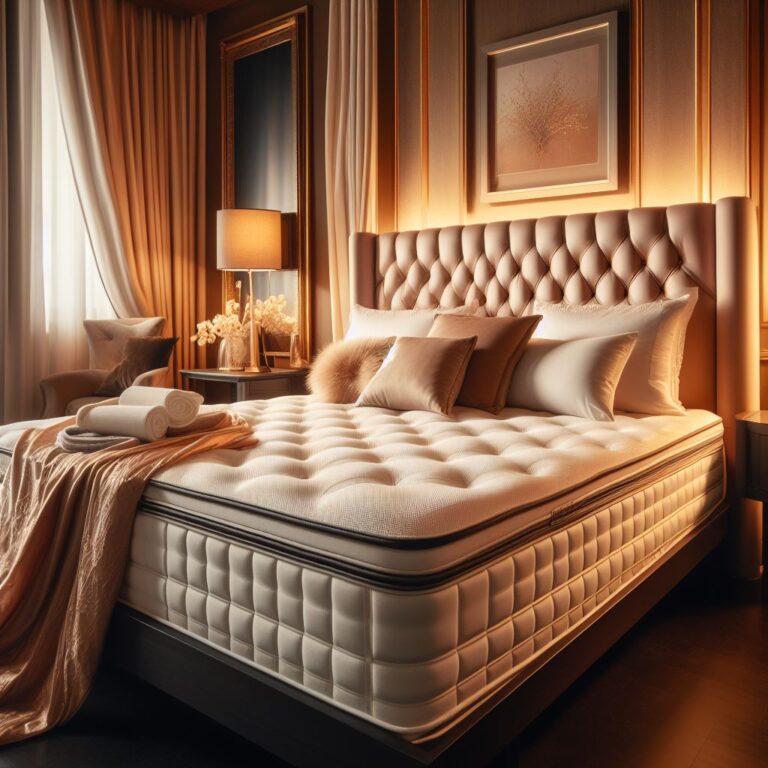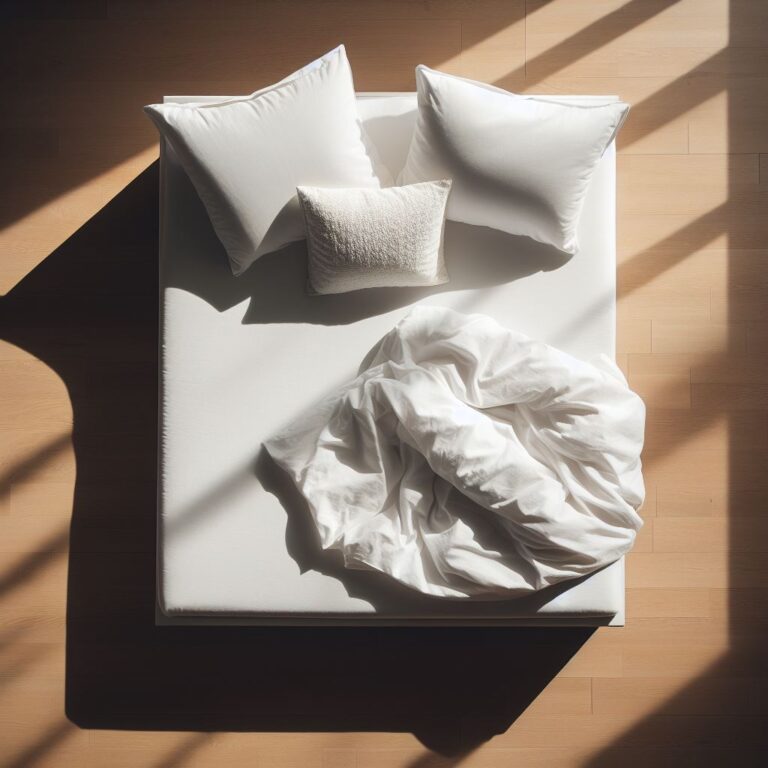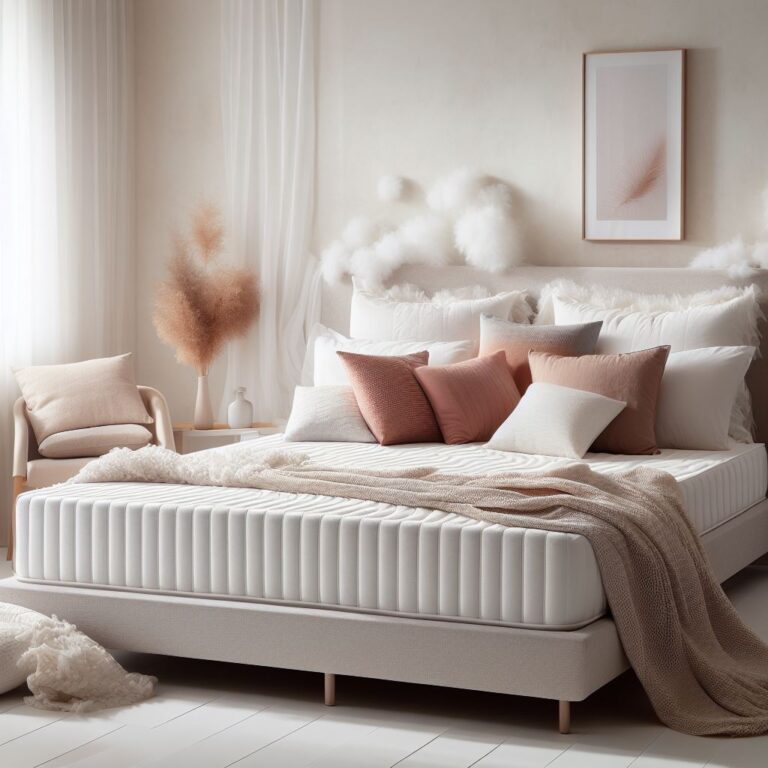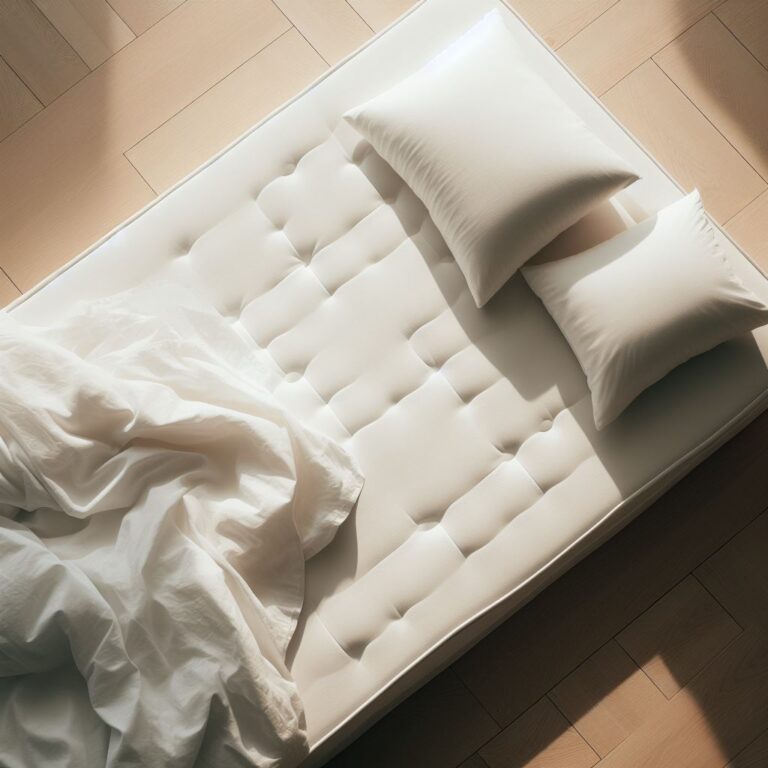- How To Choose Brentwood Home Oceano Luxury Hybrid - October 22, 2023
- How To Choose Amore Beds Hybrid - October 22, 2023
- How To Choose Stearns & Foster Lux Estate Cassatt - October 21, 2023

Understanding Your Cooling Needs
One of the key considerations when shopping for a new mattress is understanding your cooling needs. Temperature regulation plays a vital role in ensuring a comfortable and restful sleep experience. Investing in a mattress that effectively dissipates heat and promotes airflow can make a significant difference in the quality of your sleep.
When assessing your cooling needs, take into account factors such as your body temperature, sleep environment, and personal preferences. If you tend to sleep hot, you may benefit from a mattress with cooling technology, such as gel-infused foam or breathable materials. Additionally, consider the climate in which you live, as certain mattress materials may perform better in hot or humid conditions. By understanding your cooling needs, you can select a mattress that promotes a cooler and more comfortable sleep environment for a restful night’s sleep.
Consider Your Sleeping Position
One of the crucial factors to consider when selecting a mattress is your sleeping position. Different sleeping positions require varying levels of support and pressure relief to ensure a comfortable night’s sleep. Understanding your preferred sleeping position and its corresponding needs can guide you towards choosing the right mattress that enhances your sleep quality.
For those who sleep on their back, a mattress with medium firmness provides the ideal balance of support and pressure relief. This helps maintain proper spinal alignment throughout the night, reducing any potential discomfort. Side sleepers, on the other hand, benefit from a slightly softer mattress that contours to their body’s curves, particularly around the shoulders and hips. This helps to alleviate pressure points and allows for a more restful sleep. Lastly, stomach sleepers generally require a firmer mattress to prevent their hips from sinking too deep, which can lead to misalignment of the spine.
Assessing the Mattress Materials
When it comes to assessing the materials used in a mattress, there are a few key factors to consider. The first is the type of foam used. Memory foam is known for its ability to contour to the body and provide excellent pressure relief. On the other hand, latex foam is often more durable and responsive, offering a bouncier feel. Additionally, some mattresses feature a combination of different foams to provide a balance of comfort and support.
Another important aspect to consider is the presence of cooling materials in the mattress. Many mattresses now incorporate gel-infused foam or graphite to help dissipate heat and regulate temperature throughout the night. These cooling materials can be particularly beneficial for those who tend to sleep hot or are sensitive to temperature changes. It’s worth noting that not all mattresses include cooling technologies, so it’s important to prioritize this feature if temperature regulation is a concern for you.
Evaluating the Cooling Technology
When it comes to evaluating the cooling technology of a mattress, there are a few key factors to consider. First and foremost, you want to look for materials that are specifically designed to regulate temperature and dissipate heat. Many mattresses now come equipped with cooling gel layers or breathable materials that help keep you cool during the night. These materials can significantly improve your sleeping experience, especially if you tend to sleep hot or live in a warm climate.
In addition to the materials used, it’s also important to assess the airflow and ventilation capabilities of the mattress. Look for features such as airflow channels or perforated layers that allow for better air circulation. These features can help prevent the buildup of heat and moisture, resulting in a cooler and more comfortable sleep. Evaluating the cooling technology of a mattress is crucial for ensuring that you find a sleep surface that promotes a comfortable and temperature-regulated sleeping environment.
Determining the Mattress Firmness
Determining the firmness level of a mattress is an essential aspect to consider when choosing the right one for your needs. Firmness refers to the level of support a mattress provides, and it can greatly impact your sleep quality and comfort. To determine the ideal firmness for you, it is crucial to take into account your preferences and specific requirements.
First and foremost, consider your body weight and sleeping position. Generally, individuals who sleep on their stomach or back tend to prefer a firmer mattress to maintain proper spinal alignment. On the other hand, side sleepers may find a softer mattress more suitable, as it allows for better pressure relief on the hips and shoulders. By understanding your preferred sleeping position, you can narrow down the range of firmness options and choose a mattress that provides optimal support for your body.
Considering the Support and Pressure Relief
The support and pressure relief of a mattress are crucial factors to consider when choosing the right one for your needs. Support refers to how well the mattress keeps your body in proper alignment, while pressure relief is all about how the mattress distributes your body weight to relieve pressure points. Both of these aspects are essential for a comfortable and restful sleep.
When assessing the support of a mattress, it’s important to consider your individual needs. A mattress that provides adequate support will help alleviate back pain and promote correct spinal alignment. Look for a mattress that contours to your body and supports your natural curves. Additionally, consider your preferred sleeping position – side sleepers may need more cushioning for their shoulders and hips, while stomach sleepers require firmer support to prevent sinkage.
Assessing Motion Isolation
When it comes to choosing a mattress, motion isolation is an important factor to consider. Motion isolation refers to how well a mattress can absorb and minimize motion transfer, especially when you or your partner moves during sleep. If you share a bed with someone who tends to toss and turn throughout the night or frequently gets up, a mattress with good motion isolation can make a significant difference in minimizing sleep disturbance.
A mattress with excellent motion isolation will prevent the movement on one side of the bed from disturbing the other side. This can be particularly beneficial for couples who have different sleep schedules or sleep preferences. Foam mattresses, such as memory foam or latex, are known for their exceptional motion isolation properties. They absorb motion and distribute it evenly, providing a peaceful and undisturbed sleep experience. On the other hand, traditional innerspring mattresses may have less motion isolation due to the interconnected springs, which can transfer movement more easily.
Measuring the Mattress Size and Thickness
When it comes to measuring the size of your mattress, there are a few key factors to consider. First and foremost, you’ll want to measure the dimensions of your bed frame to ensure a proper fit. This includes measuring the length, width, and height of the frame. It is important to note that mattress sizes may vary depending on the country or region, so be sure to check the standard measurements for your location.
Additionally, it is crucial to consider the thickness of the mattress. The thickness can affect the overall comfort and support of your bed. Generally, mattresses range in thickness from 6 to 14 inches. Thinner mattresses may be ideal for individuals looking for a firmer feel, while thicker mattresses can provide extra cushioning and support. Keep in mind that the thickness of the mattress can also impact the size of sheets and bedding you will need to fit properly.
Comparing Prices and Warranty
When it comes to purchasing a new mattress, one crucial factor to consider is the price. Mattresses can vary greatly in cost, depending on the brand, materials, and features. That’s why it’s important to compare prices across different options to ensure you’re getting the best value for your money. Keep in mind that while a higher price may sometimes indicate better quality, it’s not always the case. It’s wise to consider your budget and weigh it against the features and benefits of each mattress to make an informed decision.
In addition to comparing prices, it’s essential to carefully assess the warranty offered by the mattress manufacturer. A warranty provides assurance and coverage for any potential defects or damage that may occur in the mattress over time. Each brand and model will have its own warranty terms and conditions, so it’s crucial to read the fine print and understand what is covered and for how long. Look for warranties that offer a reasonable duration and comprehensive protection, as they can provide peace of mind and potential long-term savings. Remember, investing in a mattress is a long-term commitment, and a solid warranty can make all the difference in ensuring its longevity.
Reading Customer Reviews and Ratings
When it comes to making a purchasing decision, whether it be for a mattress or any other product, it can be incredibly helpful to read customer reviews and ratings. These insights from other consumers can provide valuable information about the product’s quality, comfort, durability, and overall customer satisfaction. By reading through a variety of reviews, you can gain a better understanding of the pros and cons of different mattresses, helping you make a more informed choice.
Customer reviews and ratings can give you a glimpse into real-life experiences and help you gauge whether a particular mattress will meet your specific needs and preferences. Keep in mind that not all reviews will be positive, as everyone’s preferences and requirements are different. Nevertheless, by reading a range of reviews, you can get a sense of the common themes and issues that arise, allowing you to make a more balanced assessment of the mattress. Remember to take into account both the positive and negative feedback, as each person’s experience can provide valuable insights.
How can I understand my cooling needs when choosing a mattress?
To understand your cooling needs, consider factors such as your body temperature, the climate you live in, and whether you tend to sleep hot or cold.
Does my sleeping position affect the cooling properties of a mattress?
Yes, your sleeping position can affect how much heat is retained by a mattress. Side sleepers may prefer mattresses with better airflow, while back and stomach sleepers may benefit from mattresses with cooling technology.
What should I consider when assessing the mattress materials for cooling?
Look for materials such as gel-infused foam, breathable fabrics, or open-cell structures that promote airflow and heat dissipation.
How can I evaluate the cooling technology of a mattress?
Look for features like phase-change materials, cooling gels, or ventilation systems that are designed to regulate body temperature and provide a cool sleeping experience.
Is mattress firmness important for cooling?
Yes, the firmness level of a mattress can affect its cooling properties. Firm mattresses tend to sleep cooler as they offer better air circulation.
How does support and pressure relief impact cooling?
A mattress with good support and pressure relief can prevent heat buildup by distributing weight evenly and reducing pressure points, resulting in a cooler sleep surface.
Does motion isolation affect the cooling aspects of a mattress?
Motion isolation doesn’t directly impact cooling, but a mattress with excellent motion isolation can prevent disturbances caused by movement, leading to a more comfortable and cooler sleep.
Why is mattress size and thickness important in relation to cooling?
The size and thickness of a mattress can affect airflow and heat dissipation. Thicker mattresses may retain more heat, while larger mattresses offer more surface area for heat dispersion.
Should I consider prices and warranty when choosing a cooling mattress?
Yes, comparing prices and warranty coverage is essential to ensure you’re getting the best value for your money while also protecting your investment in a cooling mattress.
How can reading customer reviews and ratings help in choosing a cooling mattress?
Reading customer reviews and ratings provides insights into real experiences with a specific mattress, allowing you to gauge its cooling performance, durability, and overall satisfaction before making a purchase.

